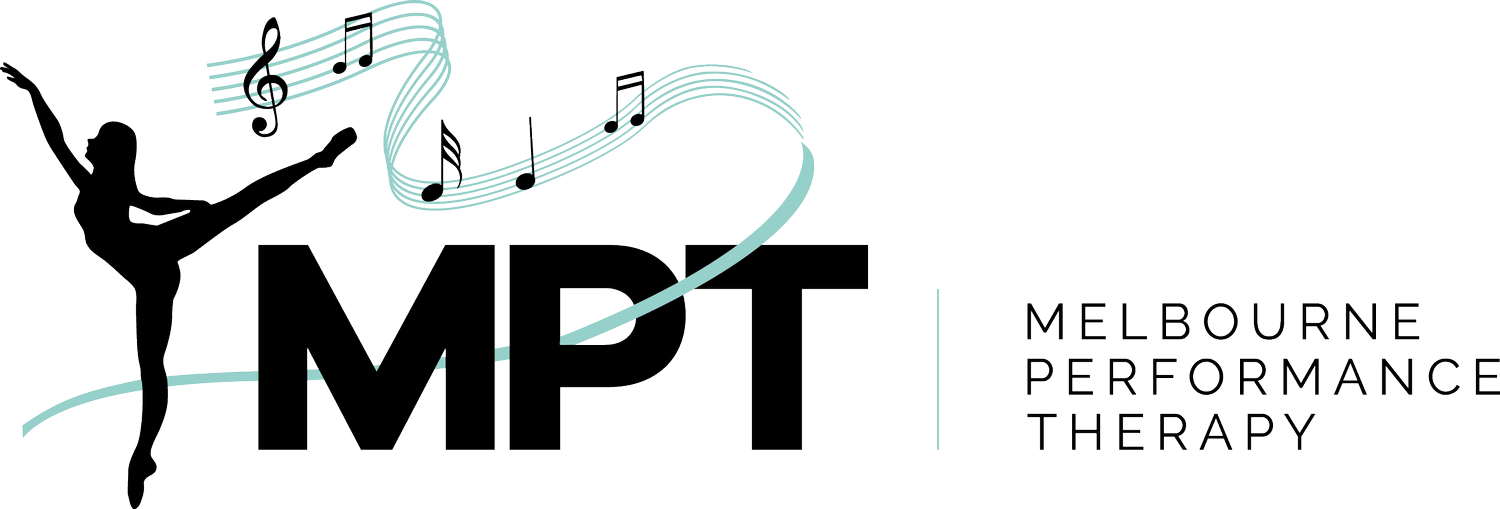How Many Myotherapy Sessions Do You Really Need?
When you’re in pain, booking that first Myotherapy treatment often feels like it will be the solution - and sometimes, it can be an immediate source of relief. But what happens next? Should you book another? Wait until the pain returns? Or do you actually need a plan?
Let’s clear up some of the common misconceptions that one treatment fixes everything - and explain why a treatment plan is often the most effective (and realistic) way to manage an injury or pain problem.
Why One Session isn’t Always Enough
It’s a natural question: “If I feel better, why do I need to come back?”
The truth is, while we aim to have you feeling better after one session, that first treatment is often just the beginning. Pain and injuries usually build or a set up over time - whether it’s from sitting at a desk all day, training hard, or dealing with life stress. Muscles, joints and movement patterns adapt over time, and hence they need time to heal properly.
If you stop treatment as soon as the pain fades, chances are that it will creep back again. The goal of a treatment plan is to break that cycle - not just ease symptoms, but to address the underlying causes and give your body the support it needs to recover properly.
What is a Myotherapy Treatment Plan?
A treatment plan is simply a roadmap we create together, of how we will support your body to change. It’s not about a sales pitch, or a one-size fits all - it’s an honest, personalised plan based on:
Your presentation or condition, and how you are presenting
How your body responds to treatment
Your lifestyle, goals and daily demands
How your Myotherapist Builds your Treatment Plan
Your treatment plan isn’t just a guess - it’s shaped by your myotherapists’s knowledge, experience and clinical reasoning.
When you come in, we don’t just treat what we see - we assess how your body moves, what might be causing or contributing to the pain, and how your tissues and joints respond to treatment. We use our knowledge of anatomy, pain science and evidence-based practice to make the best recommendation for your situation. Your treatment plan is just another part of the care that you pay for - an expert plan, not just a quick fix.
Of course you always have the final say in how you want to proceed. But it’s worth remembering that the plan you’re given is the ideal scenario - designed to get you the best results in the safest, most effective way. If life means that you can’t follow it exactly, we’ll work together to adjust it - but understanding why the plan is what it is help you make an informed decision.
What Does a Typical Plan Look Like?
There’s no rigid rule - every plan is tailored to you. But generally, it can be useful to have a few treatments closer together at the start. This helps us get on top of your symptoms quickly, monitor how your body is responding, and make sure you’re confident with what you need to do between sessions.
Typically as things improve we space sessions out more - so you build independence, keep progressing and manage any flare ups as they happen.
Why Self-Management Matters
Treatment doesn’t end when you leave the clinic. Your plan will almost always include simple, practical things you can do at home - stretches, exercises, changes to your movement, your workspace or even your mindset.
These self management strategies help you hold onto the progress we make on the table. The more you commit to this part, the less hands-on treatment you’ll often need down the track.
Finding What Works for You
When you see me, you’ll always get my best recommendation for your plan - based on my knowledge and experience. Then, together; we’ll look at what’s realistic for you right now.
If sticking to the suggested plan isn’t possible, that’s ok - we may just need to adjust your goals or expectations about how quickly you’ll get the results you want.
The Takeaway
There’s no one-size-fits-all answer to how many sessions you’ll need. Some people feel amazing after just a few visits; others need more time and ongoing support.
What matters most is working with your body - not just reacting when pain flares up again. A treatment plan gives you the best chance of getting better and feeling well.
If you’re not sure what’s right for you, have a chat with your myotherapist - and we’ll build a plan that works for you and your life.

